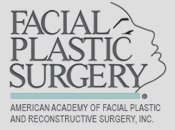Posted October 26, 2012 in Blog, Uncategorized
This is an excert of a soon to be published magazine article:
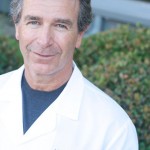
As a medical expert and consultant, Dr. Persky has appeared on numerous television news segments discussing a variety of medical topics. He has also been featured in the Los Angeles Times, the Daily News, and Los Angeles Magazine (named “Best Physician 2010”). He travels throughout the United States lecturing and instructing workshops.

As with all aesthetic treatments and procedures, Dr. Persky stresses that the absolute most important factor is the artistic vision of the physician who is performing the treatment. Before the days of Collagen and other fillers, actress Cathryn Denouve was famously quoted, “At a certain point of a woman’s life she must choose between her face or her fanny!” Fortunately, with today’s injectable fillers like Sculptra, a woman can have both a full beautiful youthful face as well as a cute little “fanny”.
What is Sculptra? Sculptra is an injectable filler able to restore volume and correct the signs of facial fat, bone, and muscle loss that naturally occur over time with aging and with exercise and dieting. Sculptra is made of poly-L-lactic acid (PLLA), a synthetic material that is biocompatible and biodegradable. It is the same molecule that absorbable suture material is made of. Sculptra is precisely injected beneath the skin’s surface, resulting in a gradual and significant increase in skin thickness, and may be used to treat sunken cheeks, hollow eyes, indentations, folds and other sunken areas.
Good candidates for Sculptra injections include individuals who are physically healthy, realistic in their expectations, and looking to improve the appearance by replacing facial volume that has been lost.
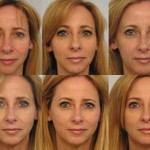
How is Sculptra performed? Each treatment consists of injections in the areas that need volume. The product is administered with local anesthesia and the discomfort is minimal. The treatment takes about 20 minutes. Patients are re-evaluated 6 to 8 weeks after the first treatment session to determine if another treatment is necessary. Once full correction is achieved, patients usually do not need maintenance for 2 to 4 years.
Are there any side effects of Sculptra?
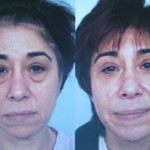
What is the difference between Sculptra treatment and a facelift? A facelift will remove excess skin, but a facelift will not restore volume. Volume is what makes you look young. A common example is that of a grape losing it’s volume and becoming a wrinkled raisin. To restore the raisin back to a grape, it makes sense to refill it rather rather than pulling the excess skin and cutting it off (which would result in a funny looking raisin without any wrinkle, like some of the women we see walking around after one too many facelift.) That is why the introduction of a volumizer such as Sculptra is such an exciting innovation in facial plastic surgery!
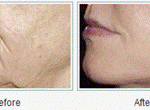
The results are amazing!
Dr. Michael Persky and Dr. Sarmela Sunder are located in Encino, California and Beverly Hills, California (The Lasky Clinic) but service all of Los Angeles and the San Fernando Valley. Including, Beverly Hills, Hollywood, Hancock Park, Brentwood, Santa Monica, Pacific Palisades, Malibu, Sherman Oaks, Studio City, Calabasas, Woodland Hills, Tarzana, Westlake, Thousand Oaks, Agoura Hills and more. Please subscribe to our blog by clicking the link above, right. Thank you!



